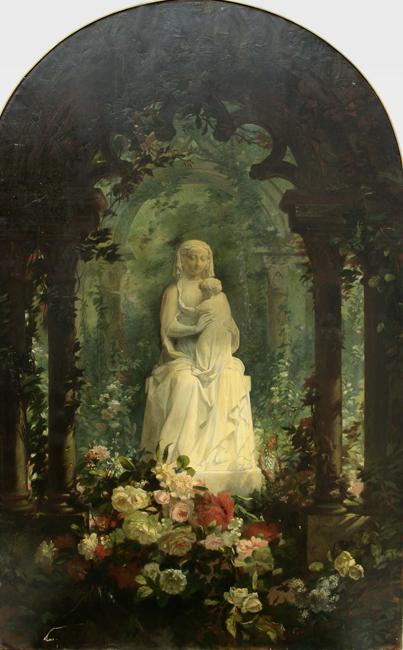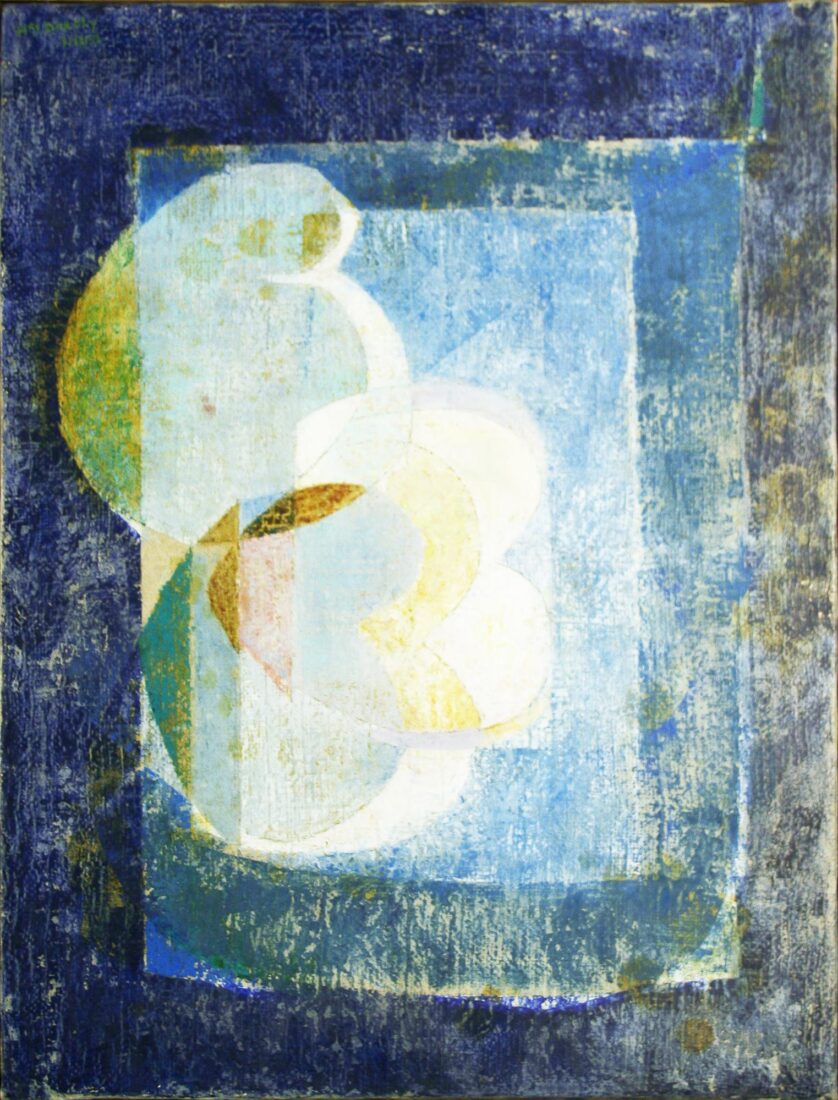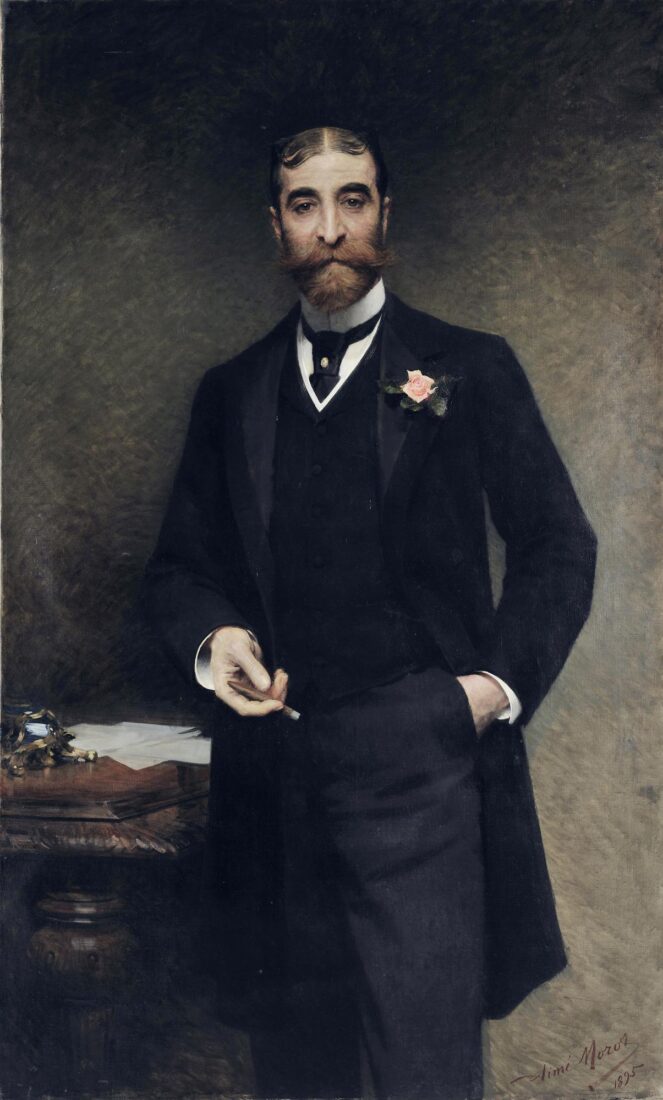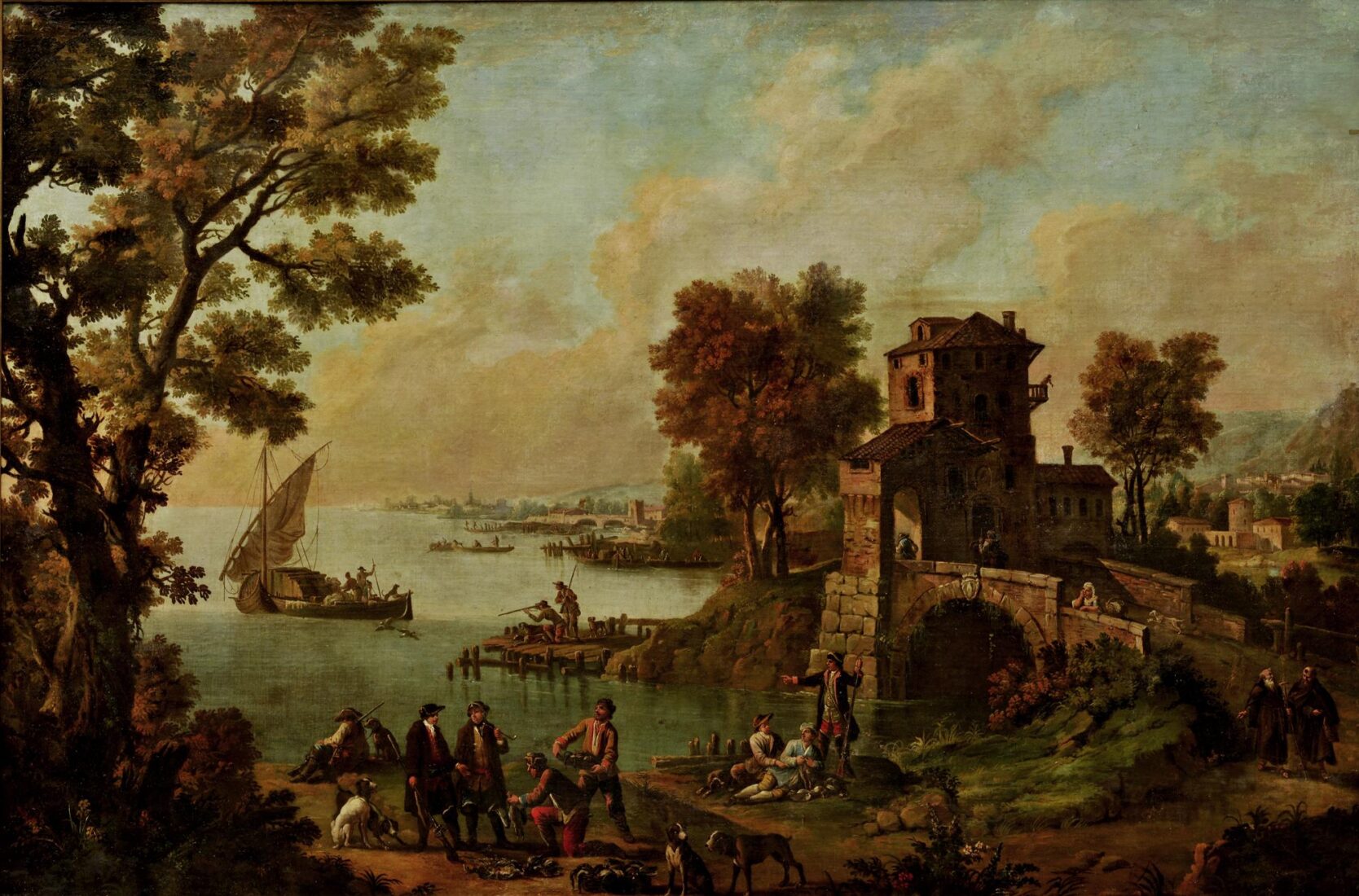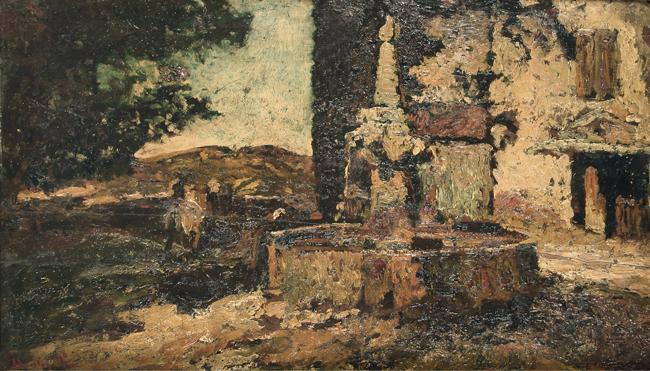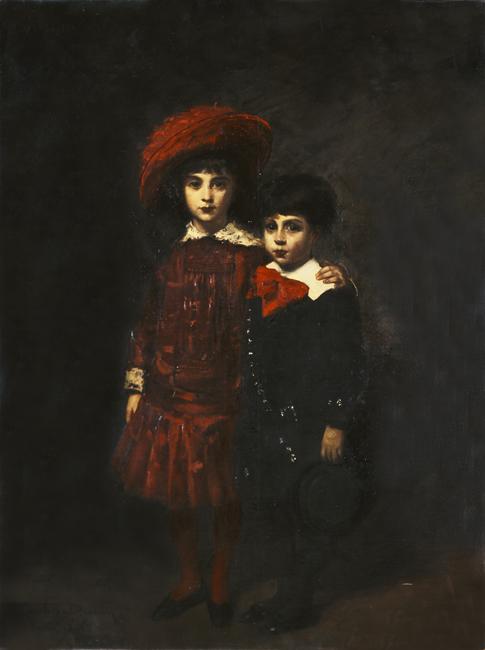

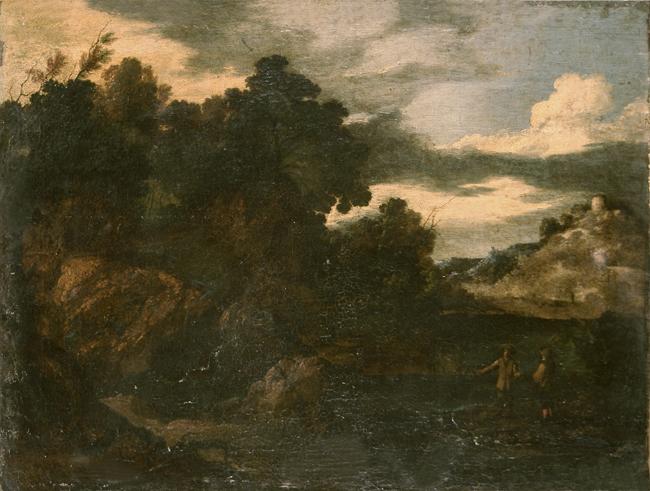
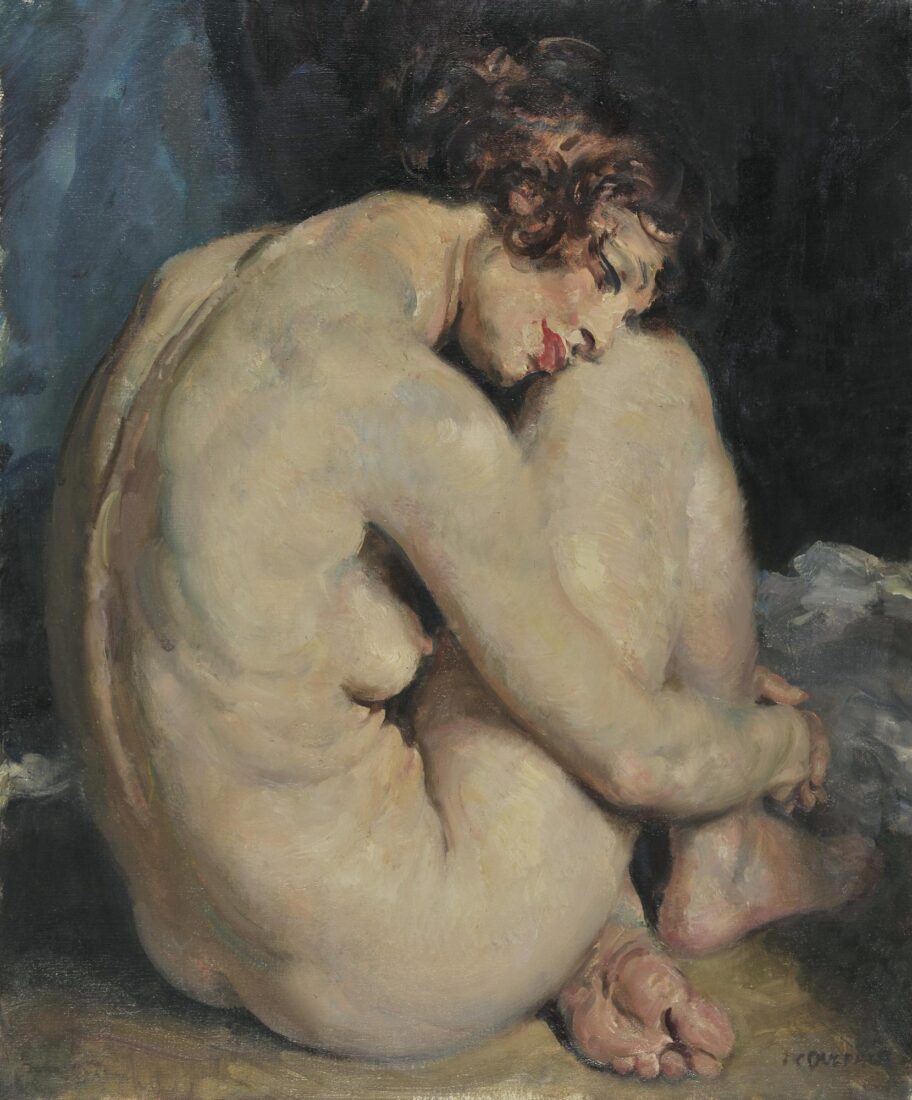
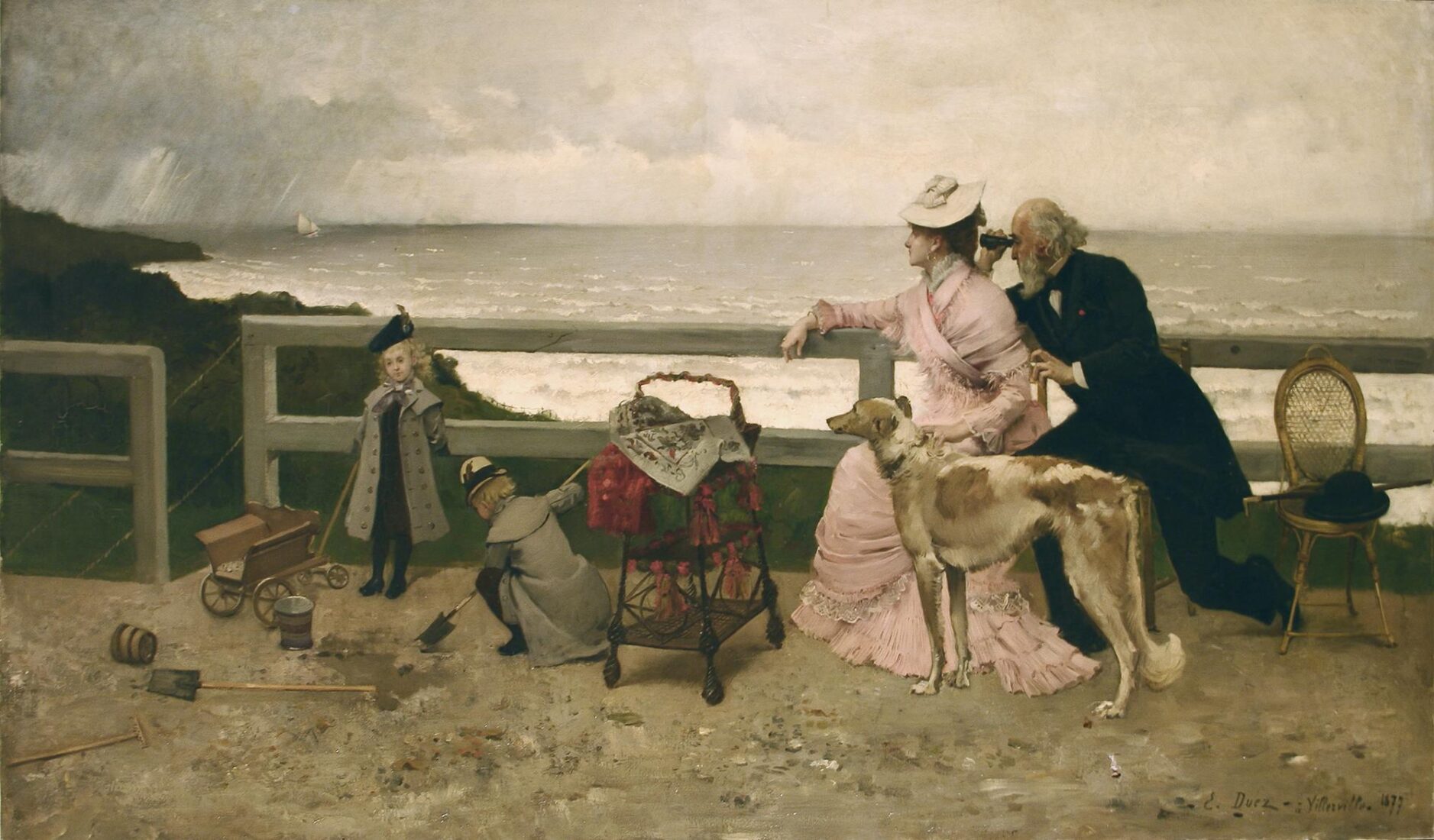
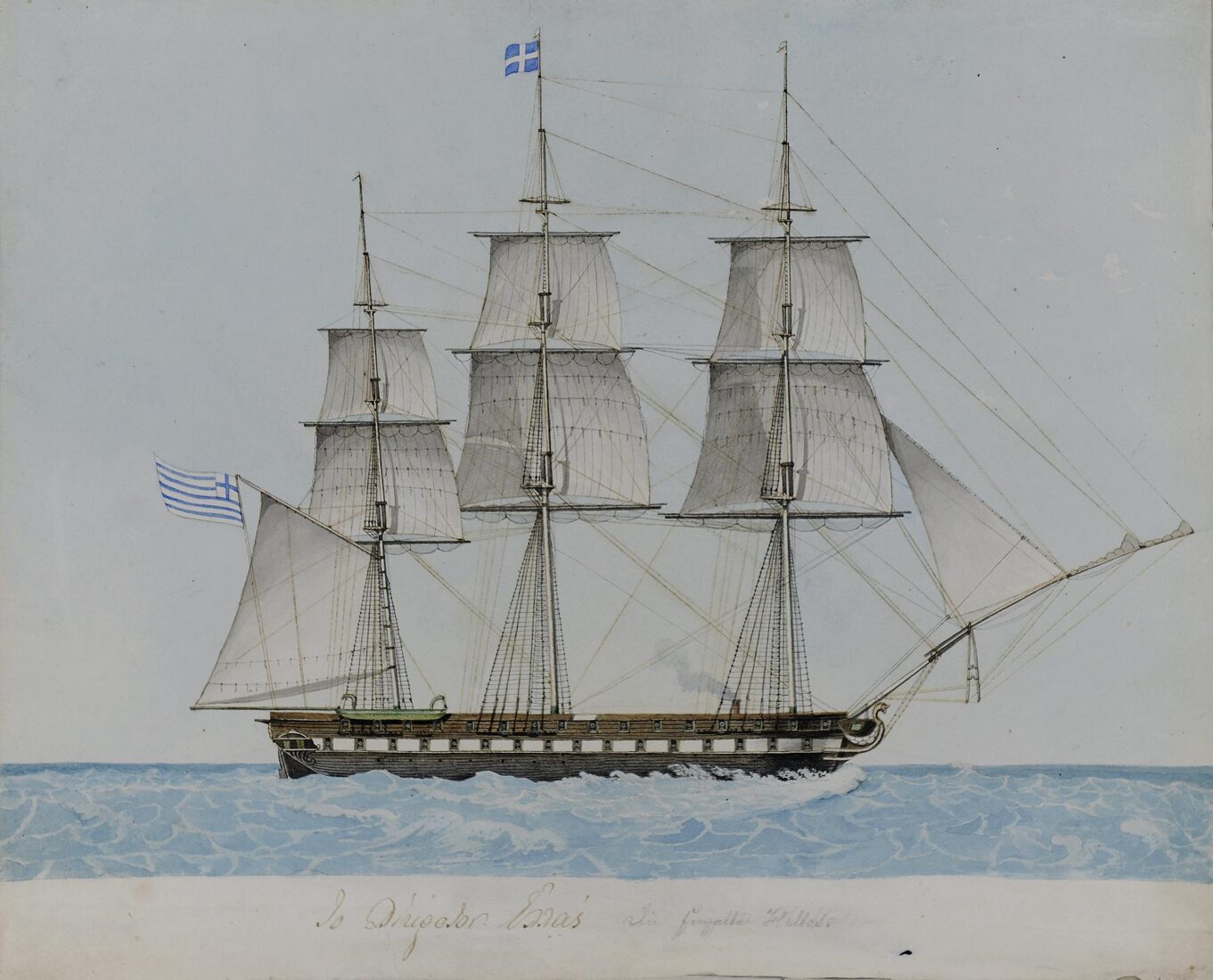
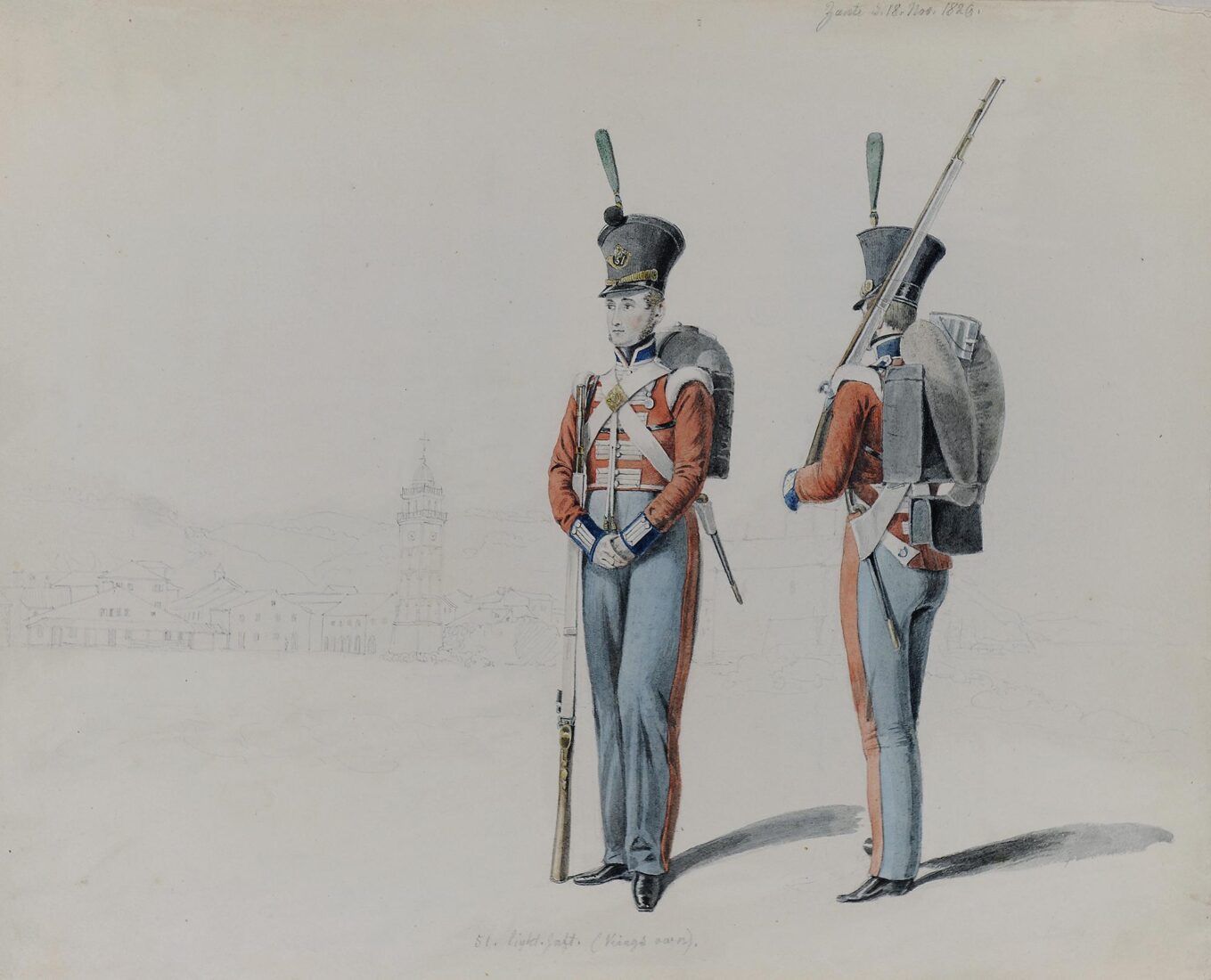
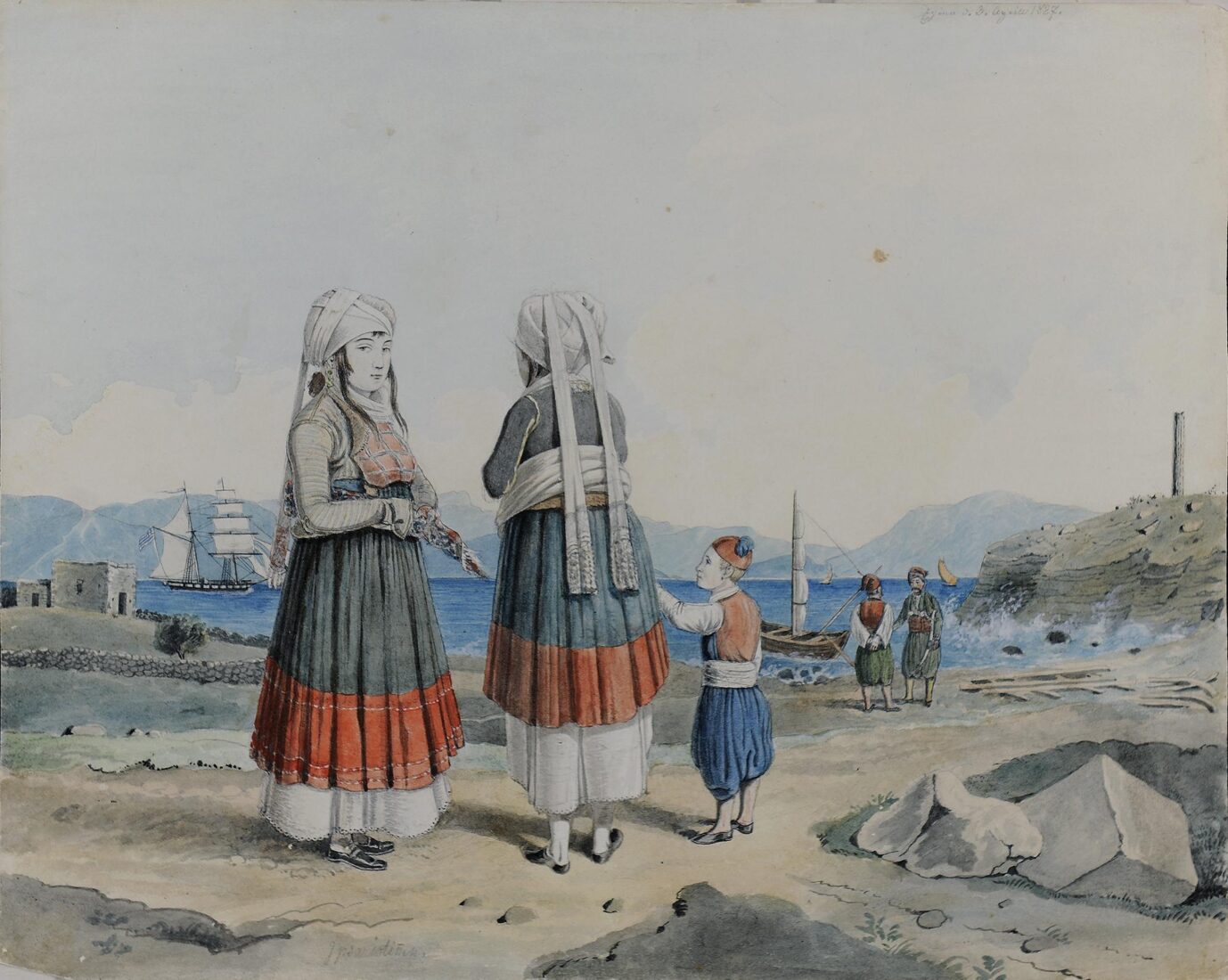
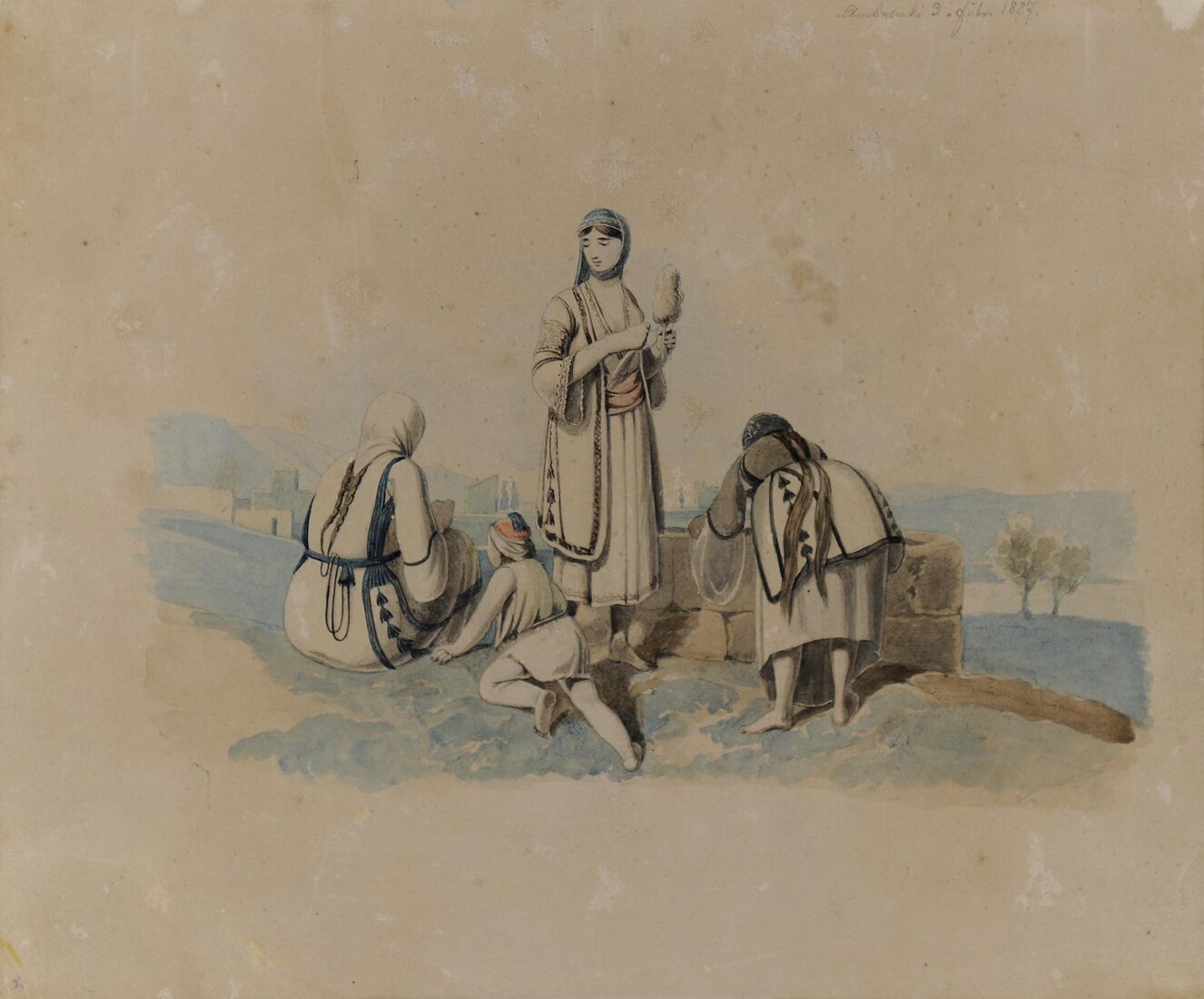
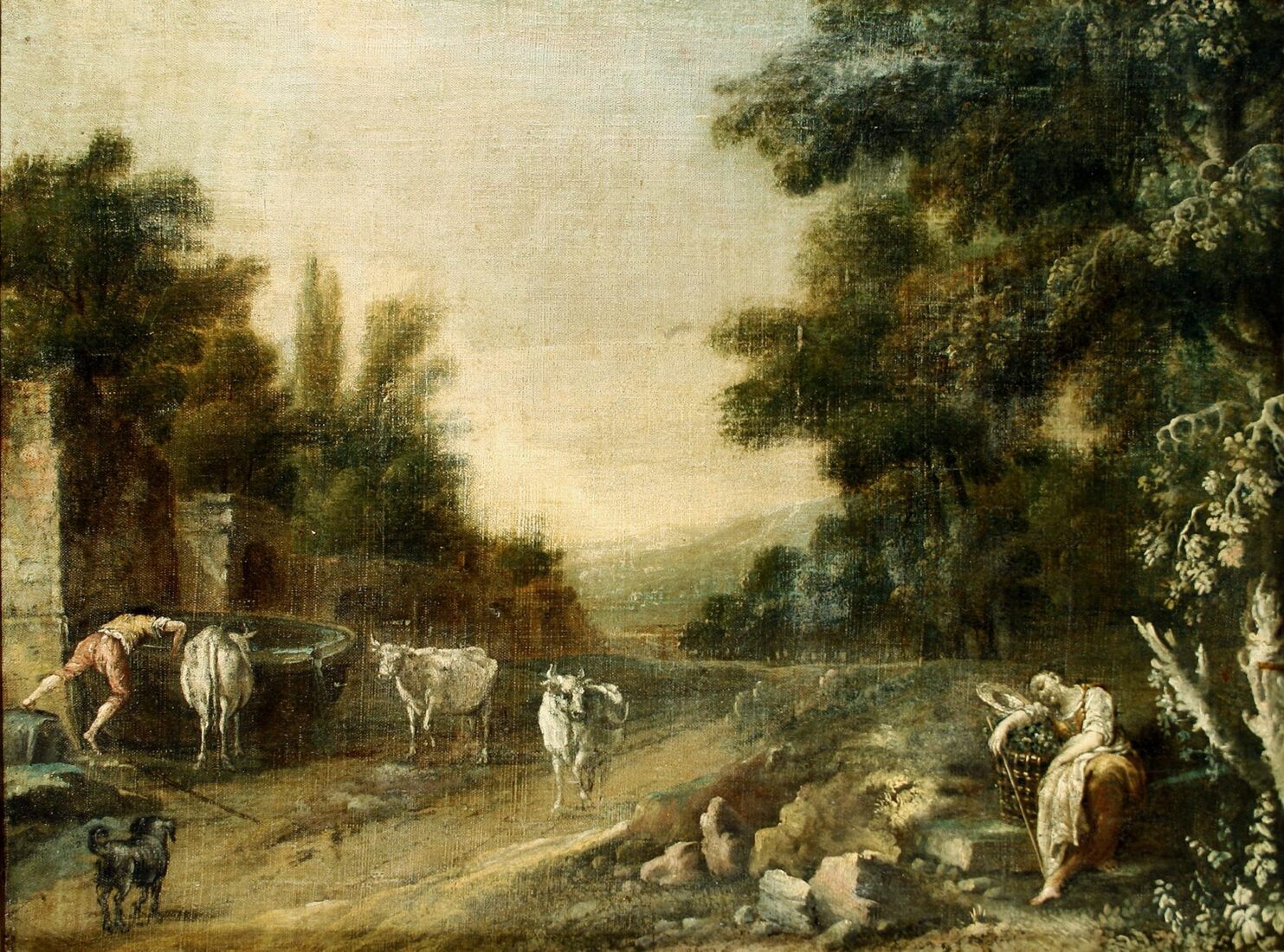
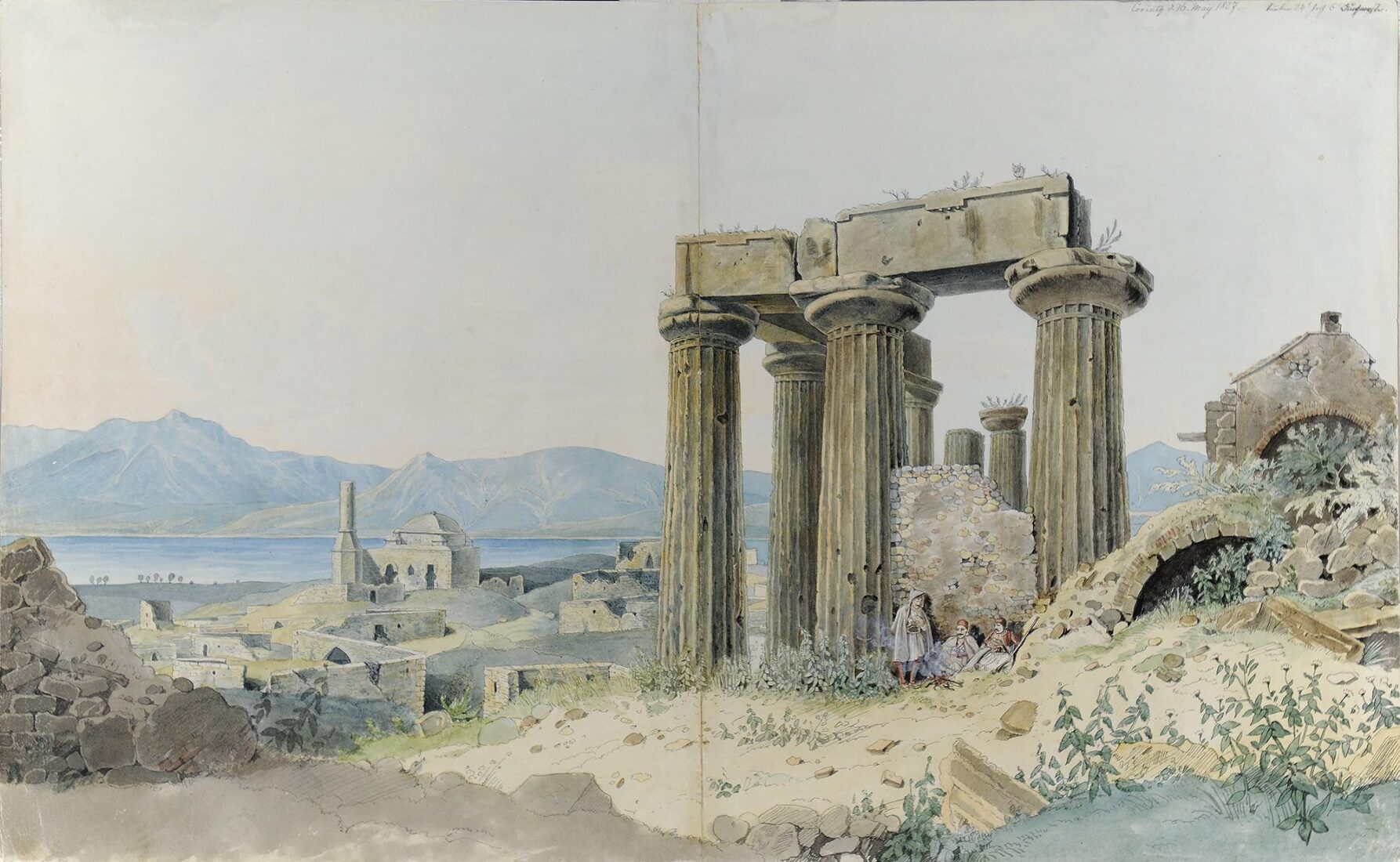
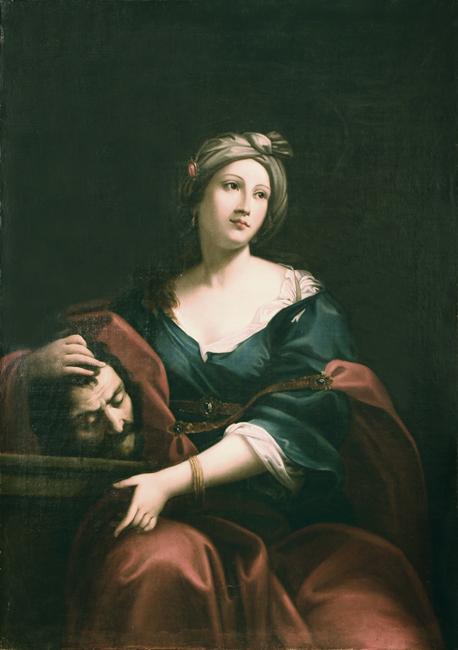
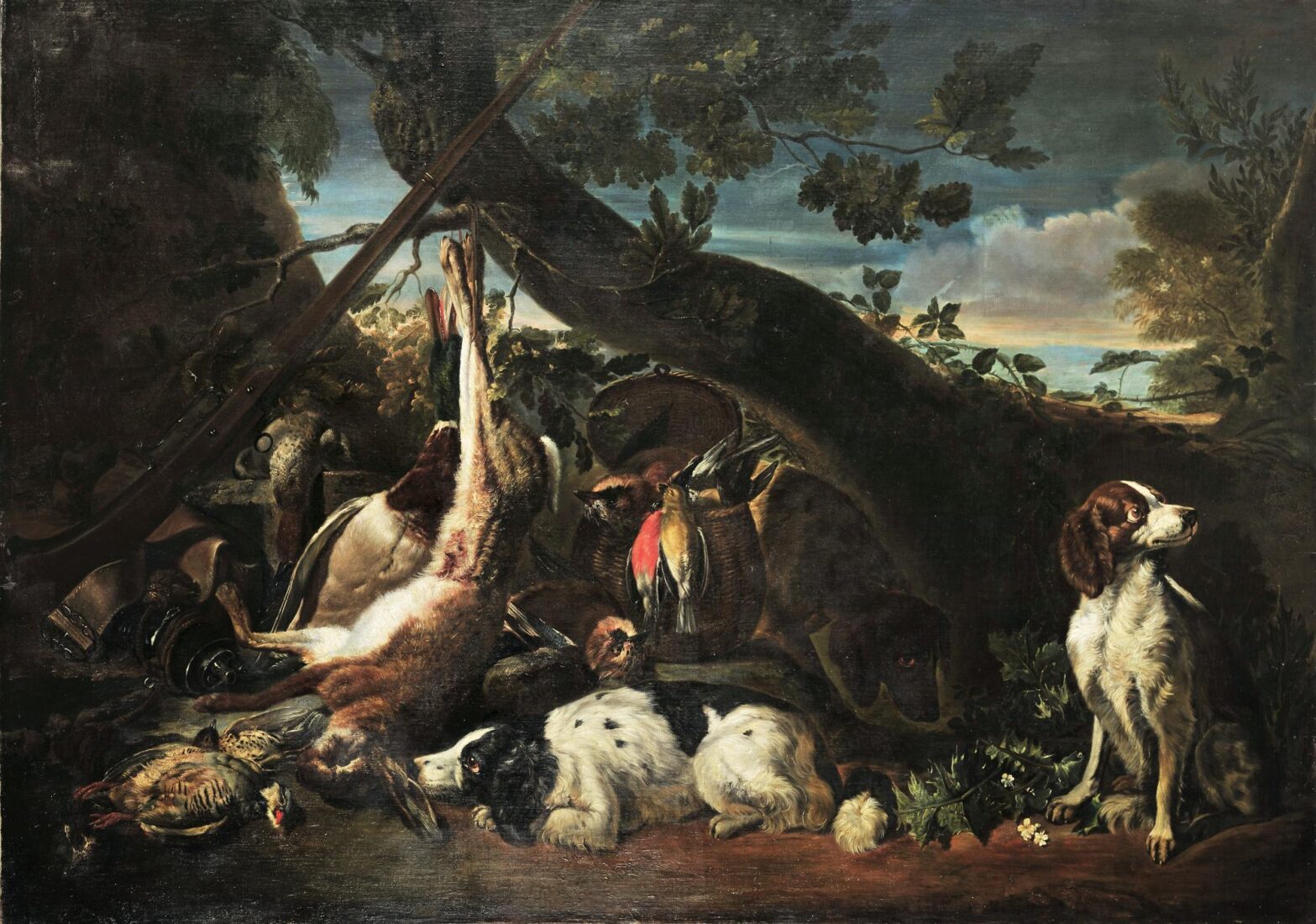
Still-lifes depicting game were another favourite genre throughout Europe. These were usually depicted in an interior, on a table, or outdoor as hunting trophies, which were often guarded by hunting dogs, as is the case in Game in the National Gallery. This skilful rendering of the still life and the dogs, accompanied nonetheless by a less careful treatment of the background, has been attributed to the French artist Francois Desportes (1661 – 1743). Yet, the detailed study of the canvas and the pigments, carried out in the National Gallery’s Physicochemical Research Laboratory dated this work to the early 19th century.
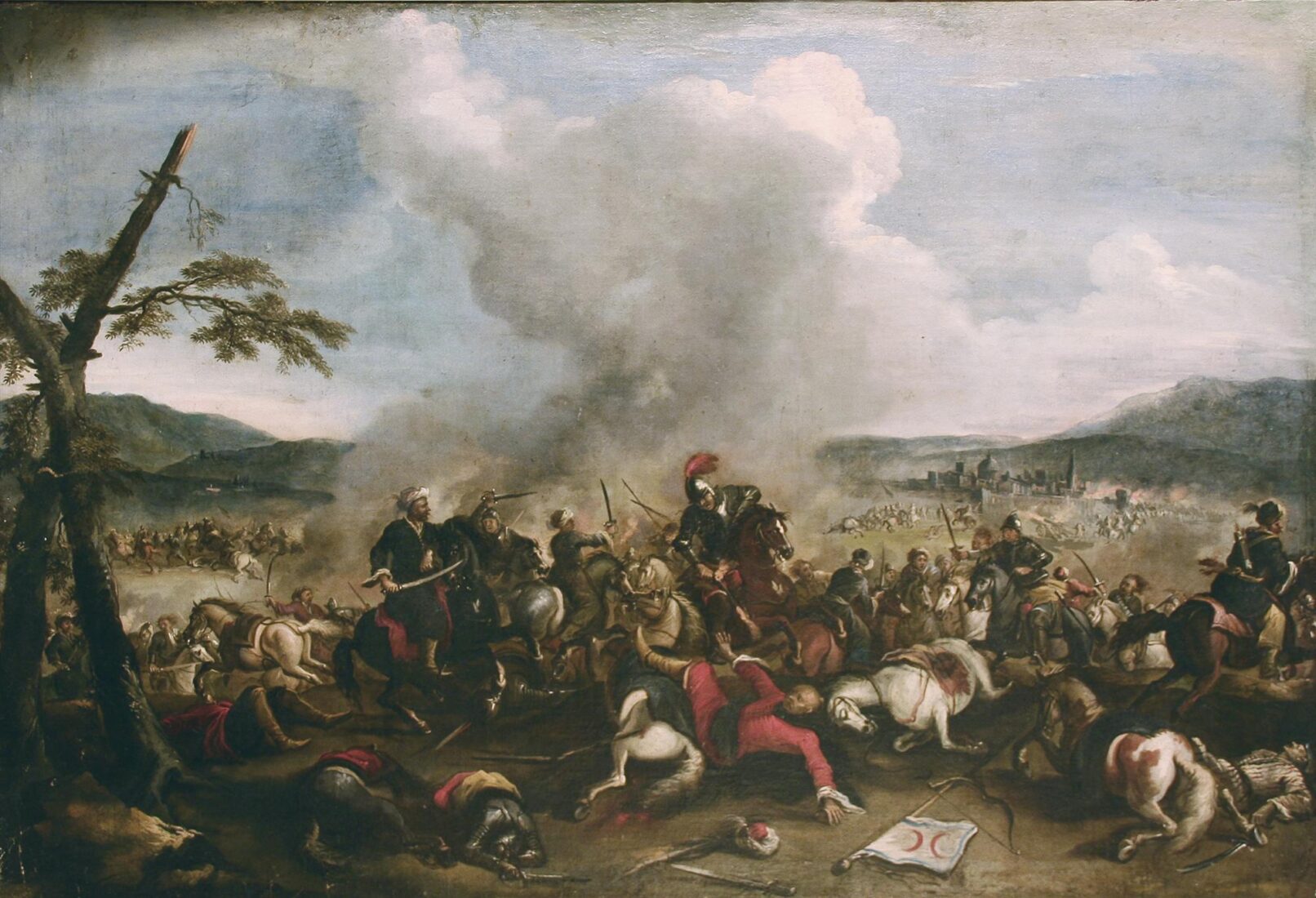
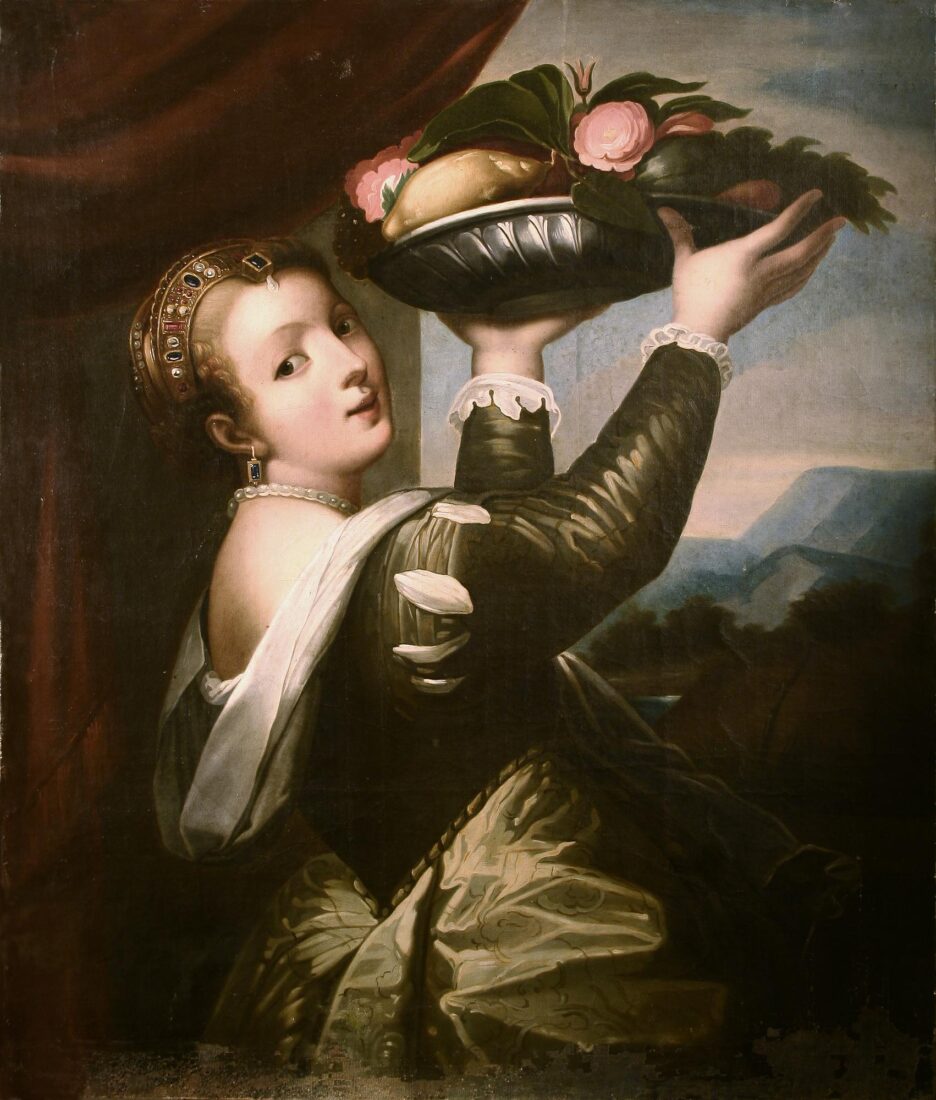
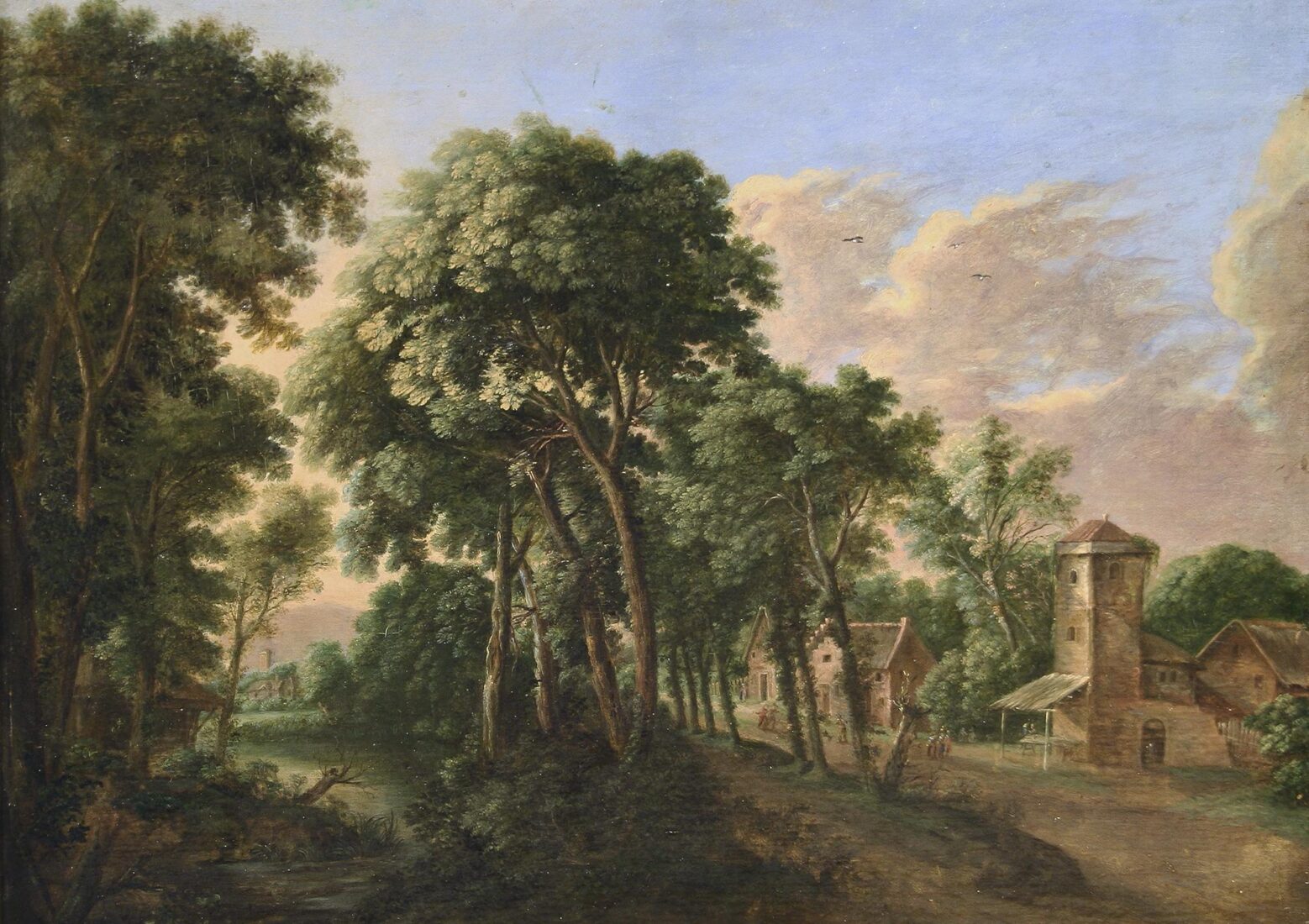
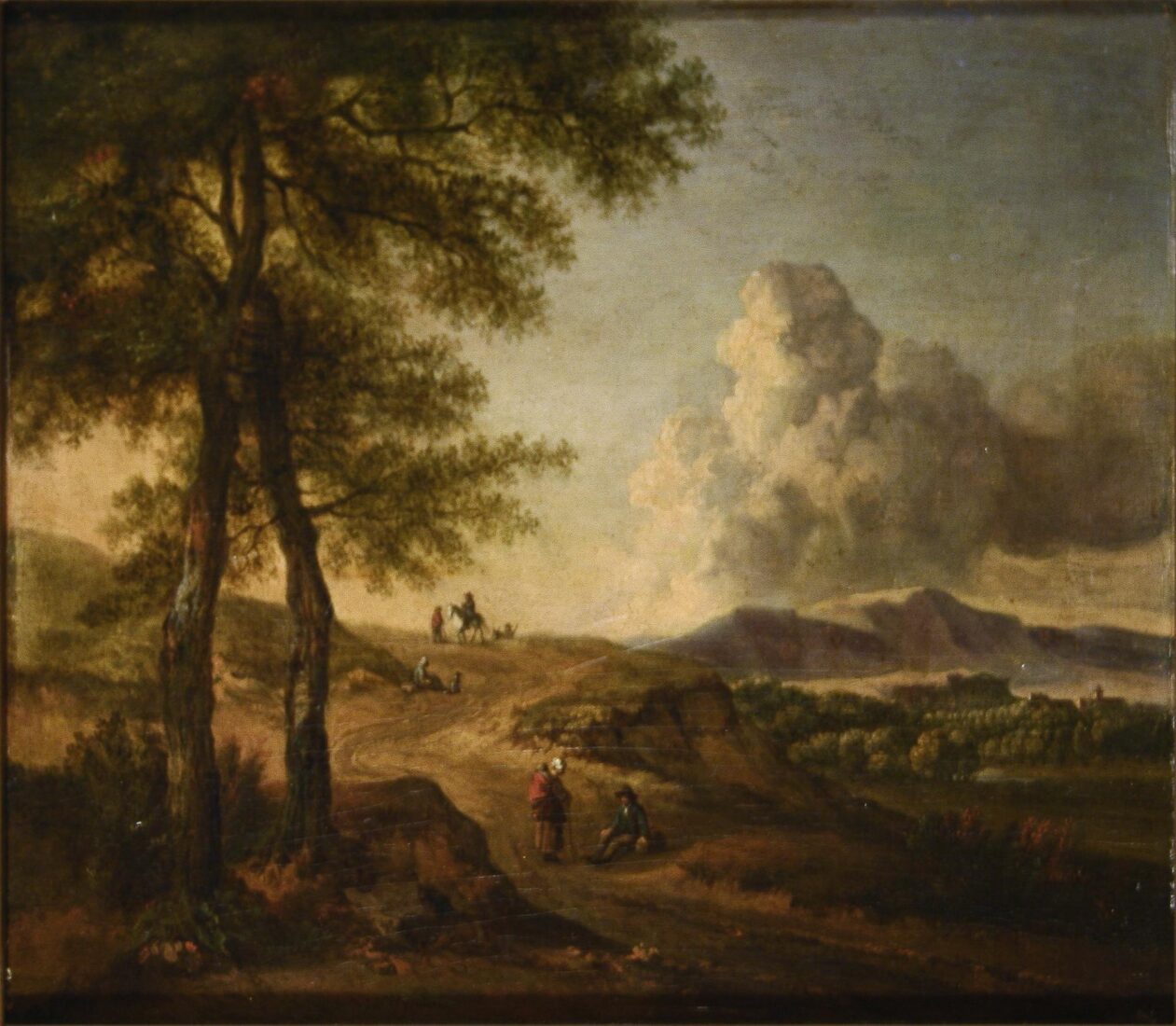

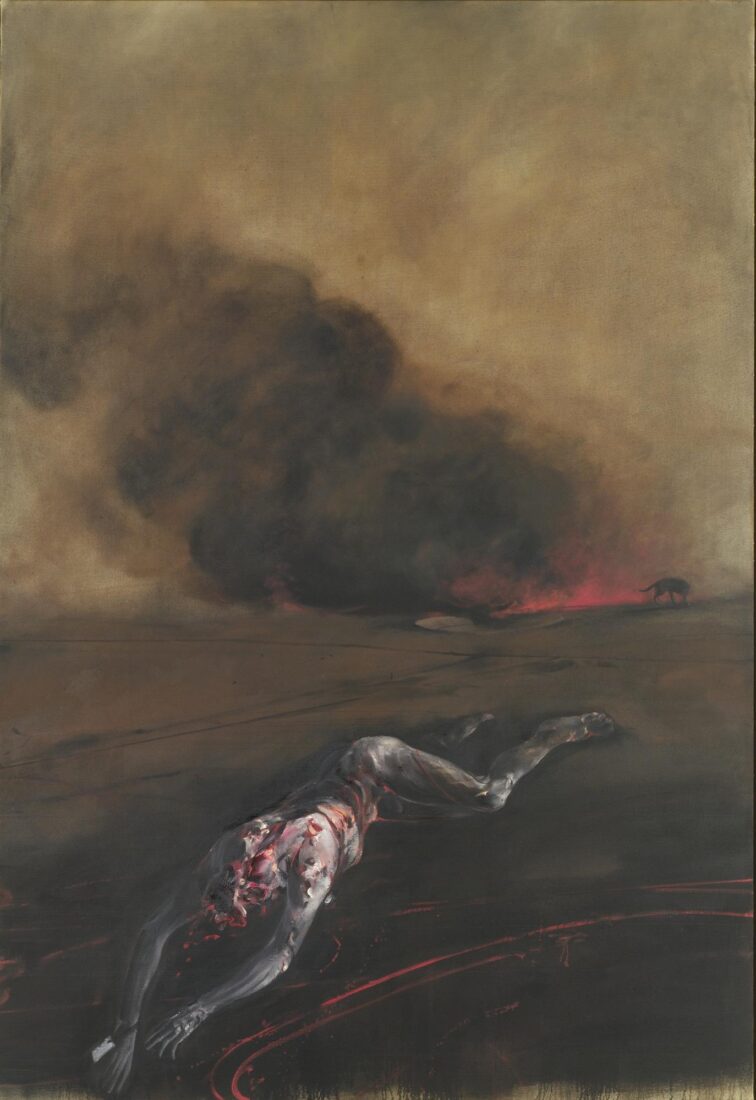
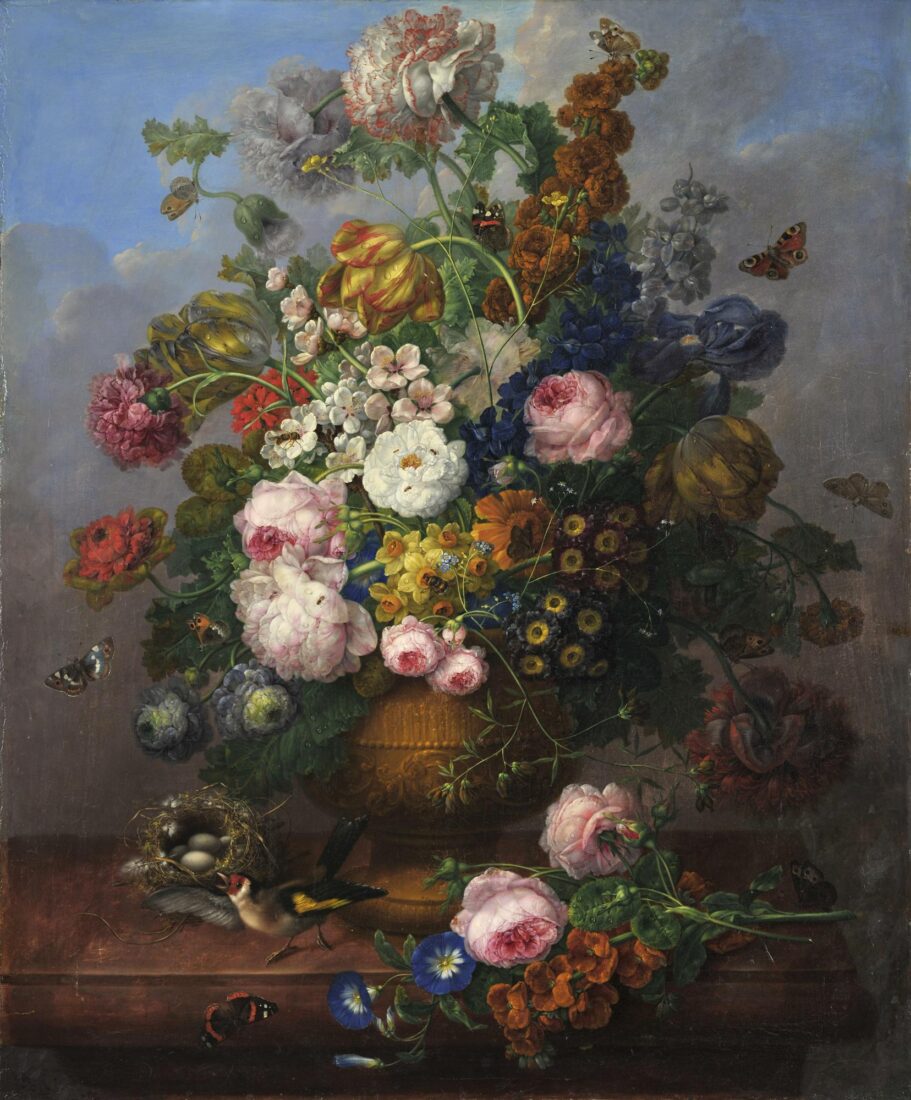
Vase with Flowers of 1810, by Johann-Baptist Drechsler follows the models of the acclaimed late Baroque masters of the Netherlands, such as Jan van Huysum (1682 – 1749), which enjoyed a high popularity in the 18th century. The palette of this work, in tones of blue and pink with brown hues, brought to light after conservation by the National Gallery laboratory, indicates a Rococo influence.
Drechsler, like his father before him, initially worked as a painter of floral patterns in a Viennese porcelain factory. From 1787 on, as professor at the Vienna Academy of Fine Arts (and as director, from 1807 on), was the first to teach the art of depicting flowers in Austria. Most of his works depict a solid bouquet of flowers in a vase, with butterflies flying all around it; on the table on which the arrangement is set, more flowers and fruits are strewn, or, as in the painting in the National Gallery, a small nest with a bird. Moreover, contrary to still-life paintings in the Netherlands, which contained religious and allegorical components, Drechsler’s still-lifes are of a decorative character.
